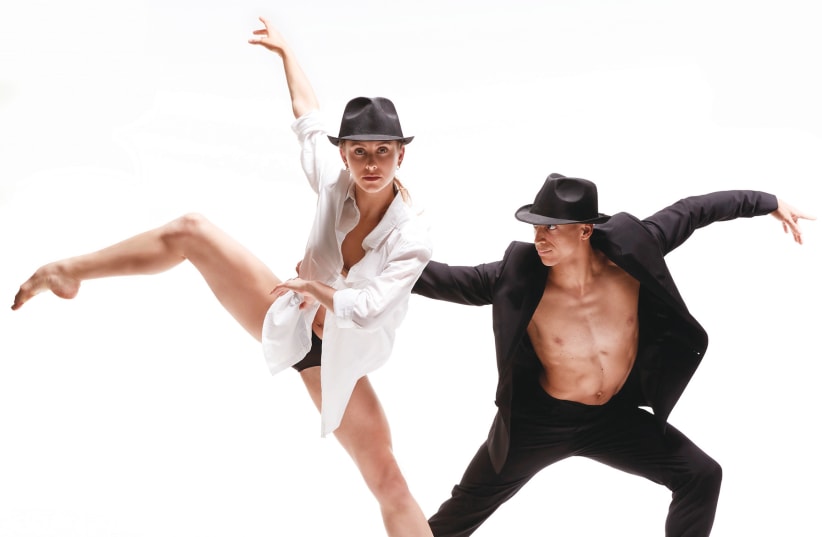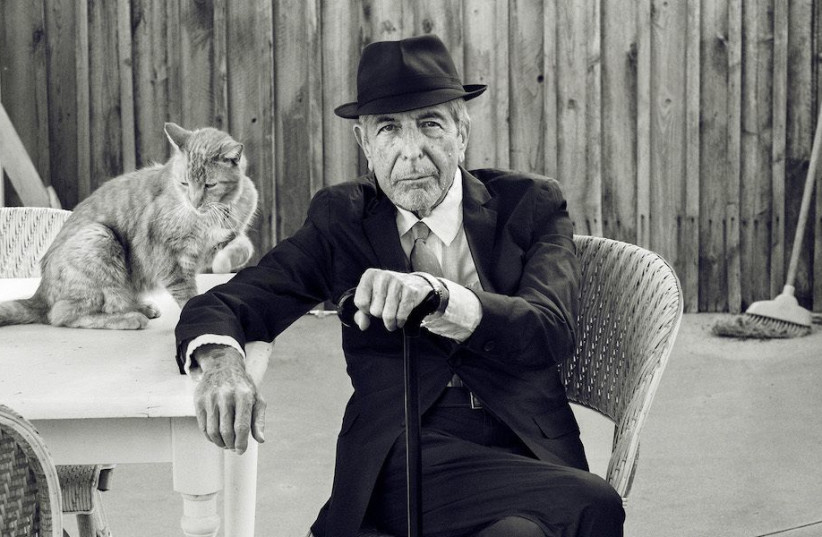On its current visit Canadian company: Ballets Jazz Montreal presents its homage to Montreal’s most celebrated artist, the late Leonard Cohen, based on his poetry and songs.
It must have seemed a safe choice for the company to lean on Cohen’s accessible art products, which enjoy worldwide popularity. Yet, there may be a trap lurking when you need to balance dance with the songs and lyrics of Cohen’s unique artistry.
Paying tribute to Leonard Cohen
On the positive, highly visible side, the company used a fine line of light and video designers along with sound and music direction that wrapped the sage with attractive technical aids, creating various mood landscapes and surround ambiance.
Three choreographers were recruited to control the numerous short dance passages and a few more developed dance scenes: Andonis Foniadakis, Annabelle Lopez Ochoa and Ihsan Rustem.
For a long while, it was almost impossible to attribute a specific section out of a long line of dance pieces to a specific choreographer, since they basically seemed to show the dancers’ technique based mostly duets and trios with rather safe energetic, almost gymnastic moves, adorned with lots of lifts, splits, high kicks and so on. That rather conservative modernist style kept the rhythms well, yet with far-between promising original flares.
During the latter part of the evening, we enjoyed an exception: a fully choreographed scene with a clearly styled paradigm, with a clever humorous set design based on a small multi-functional line of boxes that served the original choreography by exposing a limited choice of limbs at a time.
Given that the songs and recited lyrics were the priority, the evening’s preliminary concept needed to utilize various tools to avoid a simplistic grid of song and dance routines. One should appreciate the effort taken by dramaturgy and stage director Eric Jean to reach some diversity within the routines.
Such was the silhouette of a dancer dressed like Leonard Cohen walking on and off stage, depicting a clear visual image during the evening, and using impressive forms and fashions on the screen, imprinting the main image in one’s mind.
Playing Cohen’s selected songs and hearing his voice reciting some of his lyrics along with an occasional comment he recorded added depth to the dramatic content. Who could stay indifferent hearing Cohen’s recorded voice telling the story behind creating his magical “Suzanne” or singing “Lover, Lover, Lover”, topped by “First We Take Manhattan” or “So Long, Marianne” to name a few?
In the end, the dance itself – some faults aside – served its purpose as a decent platform to tailor the production on it, aware that Cohen’s artistry will rule the evening, while the dancing is there for support. One could sense the company’s warmth and best intentions to celebrate this wonderful poet, singer and humanist. And for all of that, it surely was an evening of the Hallelujah.

